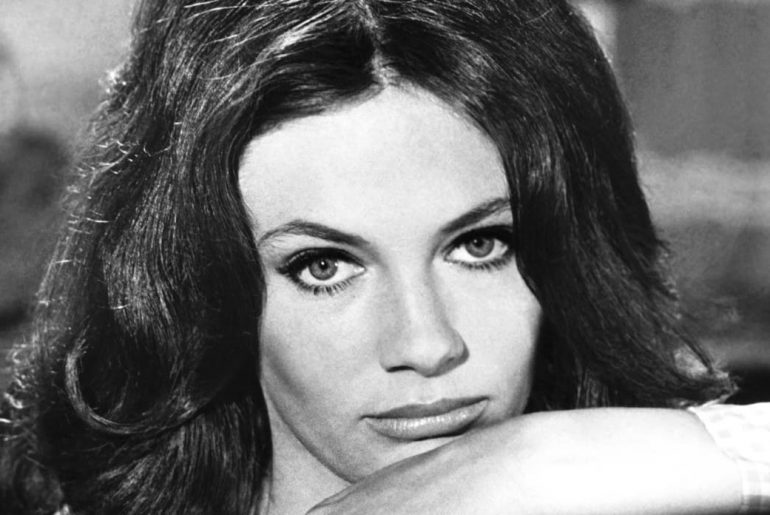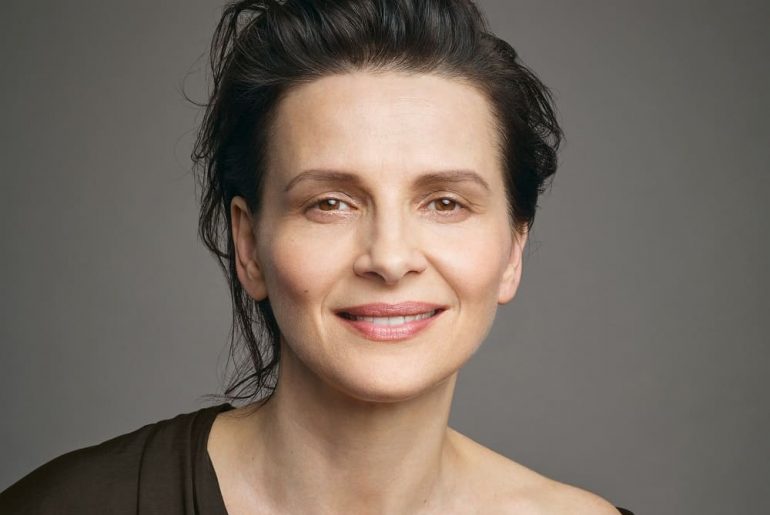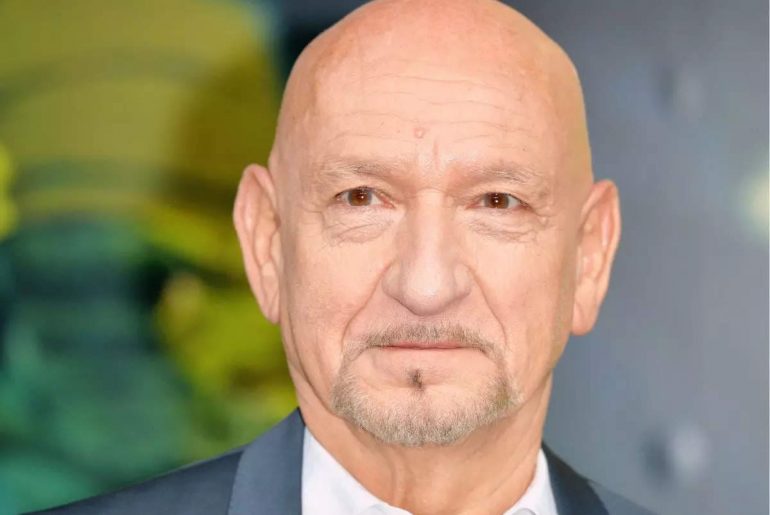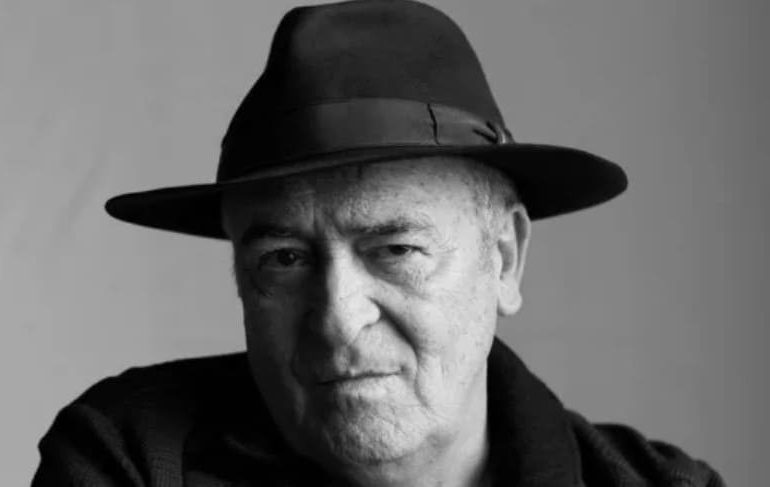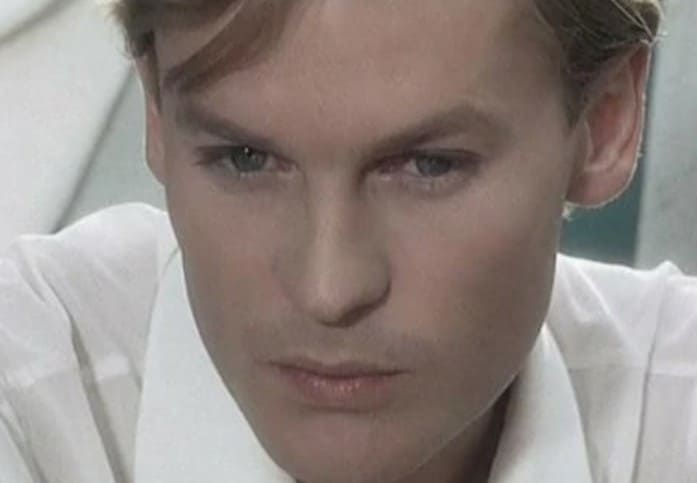The British actress is one of the big names in international cinema. She celebrated her first success in 1966 in Roman Polanski’s “When Katelbach Comes”, which was awarded the “Golden Bear” in Berlin. The leading role in François Truffaut’s “The American Night” (1973) marked her international breakthrough. Jacqueline Bisset advanced in her career as a cool and controlled personality to the beauty ideal of the 1970s. In her films she played alongside Hollywood greats such as Paul Newman, Anthony Quinn, Dean Martin, Steve McQueen, Burt Lancaster and Frank Sinatra. In addition to cinema films, she also acted in television miniseries and television series. Her most popular productions include “Murder on the Orient Express”, “The Great Greek”, “The Deep” and “Wild Orchidee”…
Winifred Jacqueline Fraser Bisset was born on September 13, 1944 in Weybridge, England.
Jacqueline Bisset became a model at the age of 18 and was soon discovered for the film. She started her career in British productions. Bisset was offered larger and larger roles as he gained experience and maturity. She had her first significant role in 1966 in Roman Polanski’s film “WENN Katelbach geht…”, which was awarded the Golden Bear in Berlin. In 1967 she starred in the South African production The Cape Town Affair. His career went uphill and Bisset was booked for British, American and French productions. She starred in the late 1960s Bond spoof Casino Royale, Bullitt with Steve McQueen, and Airport alongside Burt Lancaster and Dean Martin.
The leading role in François Truffaut’s “The American Night” (1973) marked her breakthrough. Meanwhile, Bisset was considered one of the most beautiful film actresses of the 1970s. She was seen in “Murder on the Orient Express” and “The Sunday Woman”. In 1977 she starred opposite Anthony Quinn as “Jackie Kennedy-Onassis” in the film “The Great Greek”. One of her most popular films was the thriller “The Deep” alongside Robert Shaw and Nick Nolte. Two years earlier, Bisset had already made another important film in her career, when she acted alongside Maximilian Schell in “The Judge and His Executioner”.
Her roles were very varied. Mostly she embodied the cool and controlled personality with great seductive power. This remained the case when Bisset founded her own production company “Jacquet Productions” in 1980. The following year she mimed a writer in The Rich and Famous and in 1984 she had two of her best roles in the drama Under the Volcano. In addition to feature films, Bisset has also acted in television miniseries and television series. Jacqueline Bisset has been in a relationship with director and actor Vincent Perez since 1989. She also starred with Mickey Rourke in the erotic thriller Wild Orchid and with Martin Sheen in the comedy Anthony the Nanny.
In the early 2000s, the TV series “Britannic” and films like “Latter Days” or “Murder Motive: Revenge” followed. After 2005’s Domino, Bisset starred in Save the Last Dance 2 and Nora Roberts in 2006 and 2007. She won a 2014 Golden Globe for Best Supporting Actress in a Miniseries for her role in the television series Dancing on the Edge. In 2017 she was in front of the camera as Ame Schenker in the French feature film “The Other Lover”. In the remake of “Honig im Kopf”, “Head full of “Honey”, with Nick Nolte and Matt Dillon and directed by Til Schweiger, Bisset mimed the role of Vivian (Sarah’s mother) in 2018.
Filmography
1964: That certain trick
1966: When Katelbach comes…
1967: The Cape Town Affair
1967: The Detective
1967: The Wild Years
1968: Bullitt
1969: Airport
1972: The American Night
1972: Every vote counts
1973: The Hotshot
1974: The Mystery of the Spiral Staircase
1974: Murder on the Orient Express
1975: The judge and his executioner
1975: The Sunday Woman
1976: The Deep
1977: The Great Greek
1978: The gourmet orgy
1979: The day the world ended
1981: Rich and Famous
1982: Inchon
1983: Under the Volcano
1984: Hidden
1985: Anna Karenina
1987: Artists, Killers and Guns
1987: Napoleon & Josephine – A Love Story
1988: The Jade House
1989: Wild Orchid
1990: Anthony, the nanny
1991: Rossini Rossini
1993: A hot and cold couple
1994: Heart in conflict
1995: Beasts
1995: Rosamunde Pilcher – September
1999: The Bible – Jesus
1999: Britannic
2000: Mrs. X’s School of Love
2005: Latter Days
2005: Dominoes
2006: Save the Last Dance 2
2007: Nora Roberts – Lilies in the Summer Wind
What is Jacqueline Bisset best known for?
British actress Jacqueline Bisset rose to fame in the 1970s as the object of desire for numerous top actors in features like “Bullitt” (1968), “Airport” (1970), “The Deep” (1977) and “The Greek Tycoon” (1978).
How many times has Jacqueline Bisset been married?
Bisset has never married, but has been involved in long-term romantic relationships with Canadian actor Michael Sarrazin, Moroccan entrepreneur Victor Drai, Russian ballet dancer Alexander Godunov, Swiss actor Vincent Perez and Turkish martial arts instructor Emin Boztepe.
Is Jacqueline Bisset related to Angelina Jolie?
Legendary actress Jacqueline Bisset, who is also Angelina Jolie’s godmother, was supposed to have a role in one of the Oscar winner’s most iconic films — until it was scrapped.
Who is Jacqueline Bisset married to?
Bisset has never married, but had long-term romances with French-Canadian actor Michael Sarrazin, Moroccan real estate magnate Victor Drai, Russian dancer/actor Alexander Godunov, Swiss actor Vincent Perez and Turkish martial arts instructor Emin Boztepe.
What age is Jacqueline Bisset?
78 years
September 13, 1944
What nationality is Jacqueline Bisset?
English
Where does Jacqueline Bisset live now?
Beverly Hills
Tilehurst


